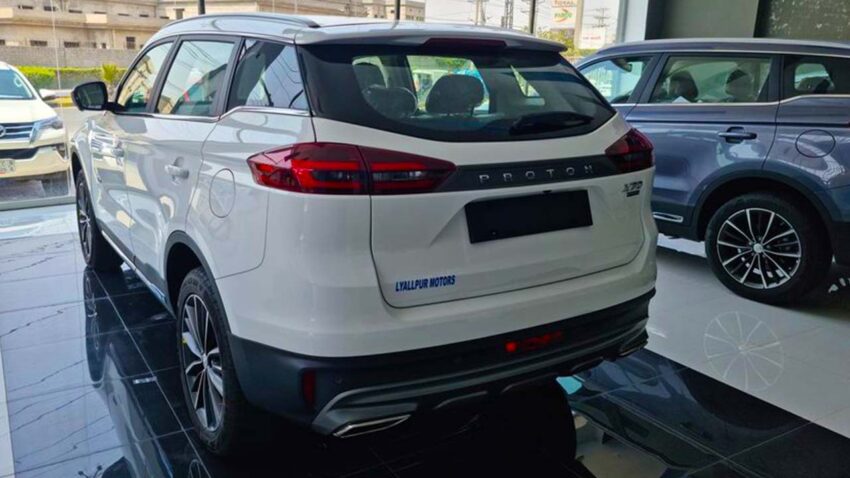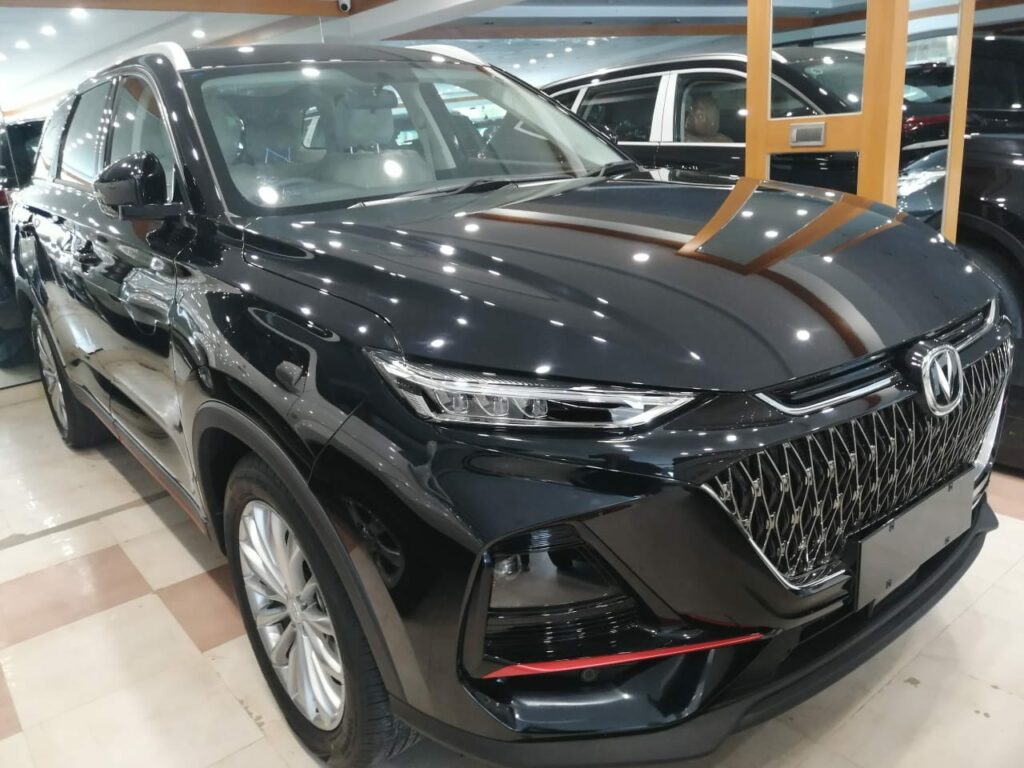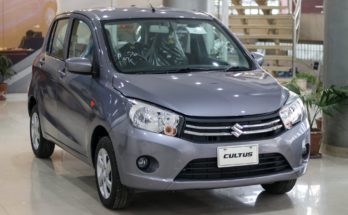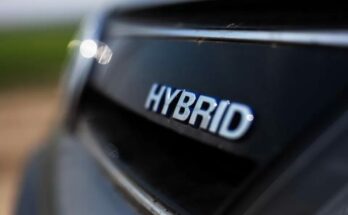Despite the prevailing high demand for low-cost, fuel-efficient cars for the masses, automakers in recent years have been doubling down on more expensive crossover & SUV models. The reasons for this discrepancy are numerous and complex, ranging from profit margins and branding to consumer behavior.
One of the primary reasons for this trend is that automakers prioritize profit margins and revenue streams above all else. Crossover models tend to have higher price points than smaller, more fuel-efficient cars, leading to bigger profits for automakers. Additionally, due to the widening economic divide, consumers with strong purchase power have been gravitating towards larger vehicles, making crossovers the more desirable option for automakers to invest in.
Related: Why Should I Buy An Expensive New Crossover?
Furthermore, crossovers offer convenience and flexibility for consumers, adding to their appeal. They provide a higher driving position, more cargo and passenger space, and the ability to handle more types of terrain. This competitive landscape has pushed automakers to double down on this market to meet consumer demand.

The perception and branding of crossovers as luxury vehicles have also played a significant role in automaker decision-making. These models have a certain status symbol attached to them, making them more appealing to certain demographics. Therefore, automakers have used marketing strategies to target these groups and created a certain image for their brand.
Related: Will You Ditch Your Sedan in Favor of a Crossover?
Consumer behavior and preferences are also factors that influence automaker strategies. Many consumers are willing to pay a premium for the convenience and functionality that crossover models provide. Furthermore, in a market without any govt regulations, it’s much easier & less of a hassle for automakers to sell a handful of expensive products and provide their limited after-sales support rather than selling budget cars in volumes, which requires them to maintain a large number of spare part inventory and operate a bigger after-sales network.

Despite the appeal, crossovers have a significant impact on the environment due to their size and fuel consumption. They have a higher carbon footprint than smaller, fuel-efficient vehicles and are subject to more stringent government regulations and incentives. As a result, there is a growing segment of the market that is conscious of the environmental impact of their choices. However, options can be explored to mitigate the impact of the expensive crossover conundrum. For example, offering more hybrid or electric/ plug-in crossover models, which combine the appeal of the larger vehicle with eco-friendly technology.
Related: Car Sales in April Render a Widening Economic Gap
While it remains true that the global popularity of crossovers has increased significantly in recent years, in a third-world market like ours, no one can deny the importance of smaller fuel-efficient vehicles. Plus, maximizing focus on these small vehicles will result in achieving greater sales volumes, something that’s considered a key ingredient for any automaker to take a market seriously.

Selling a handful of expensive crossovers definitely help automakers achieve greater profit margins, but the auto industry as a whole remains stagnant at around 250,000 units a year. In order to gear up the output of our market, govt needs to incentivize smaller vehicles so that Pakistan may finally be able to breach its stagnant sales volumes, which are yet to even reach the 500,000 units per year mark.

A random girl who writes when she isn’t sleeping. Her heart is divided into three parts. One part adores sleep while another is deeply affectionate towards writing. The third is a large sensitive spot for her pets. The pets include a cat and a metallic, fuel-consuming giant.




